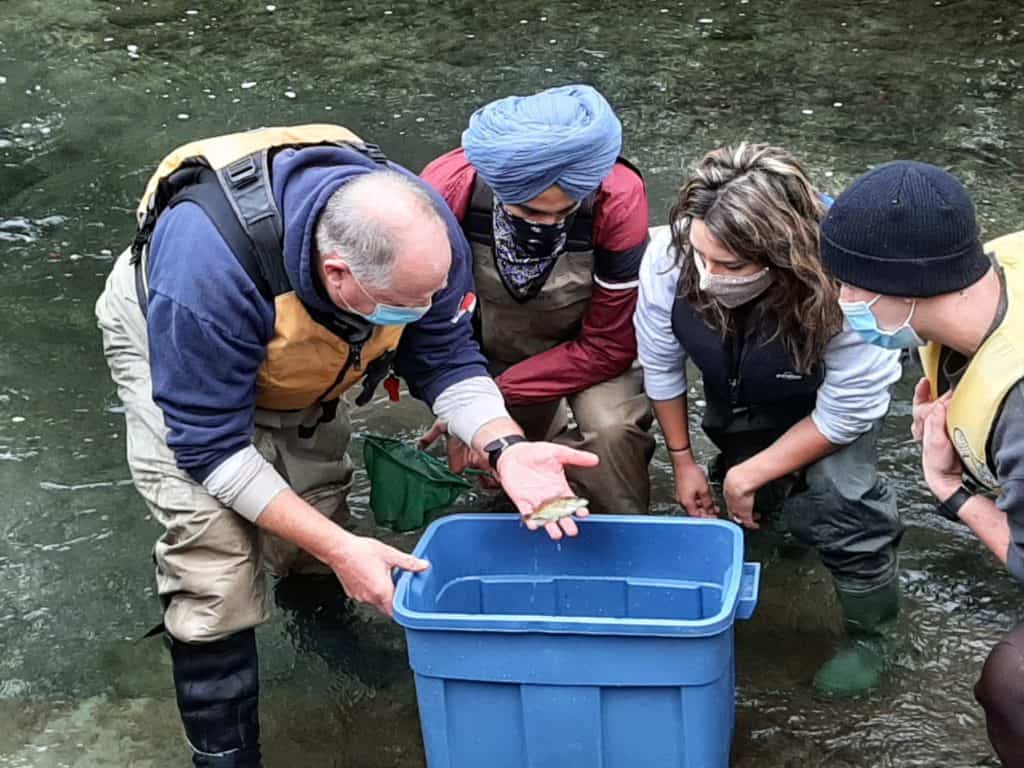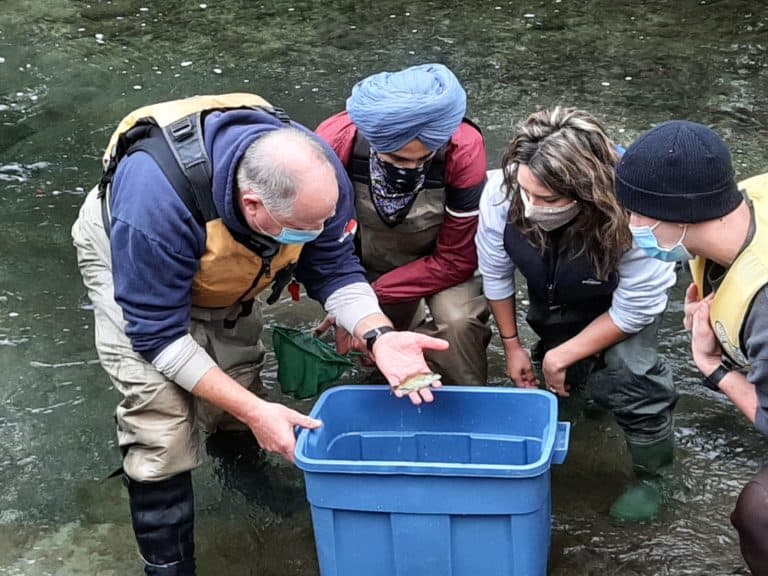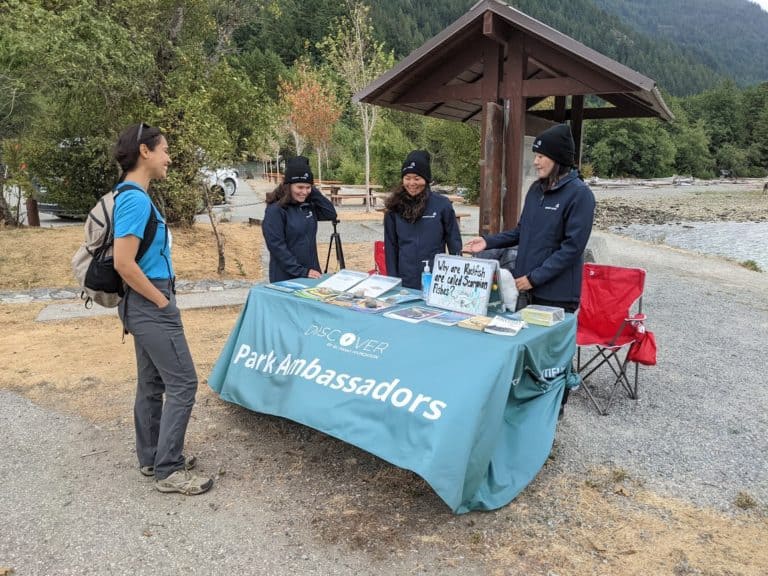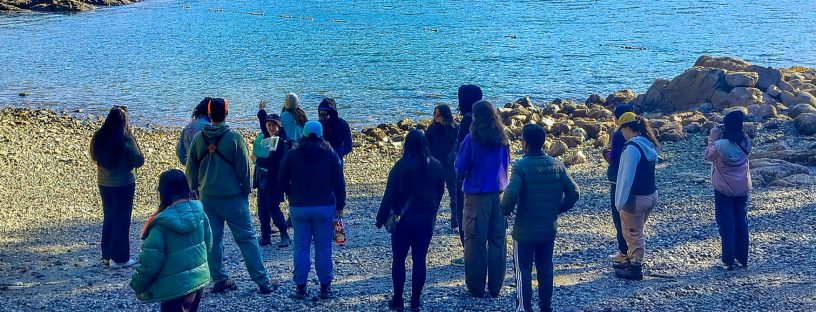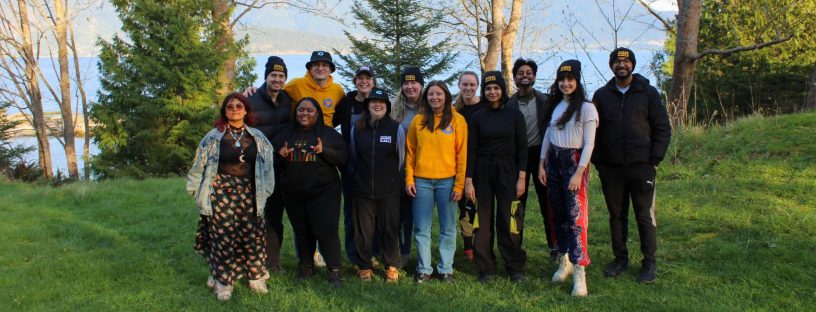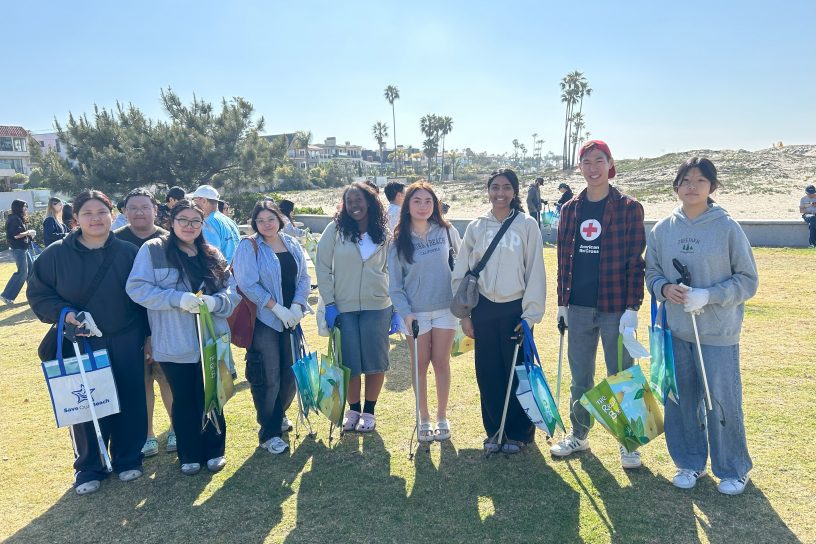A Day in the Life of an Ocean Pathways Ambassador: Spiny Softshell Turtle Nesting Season
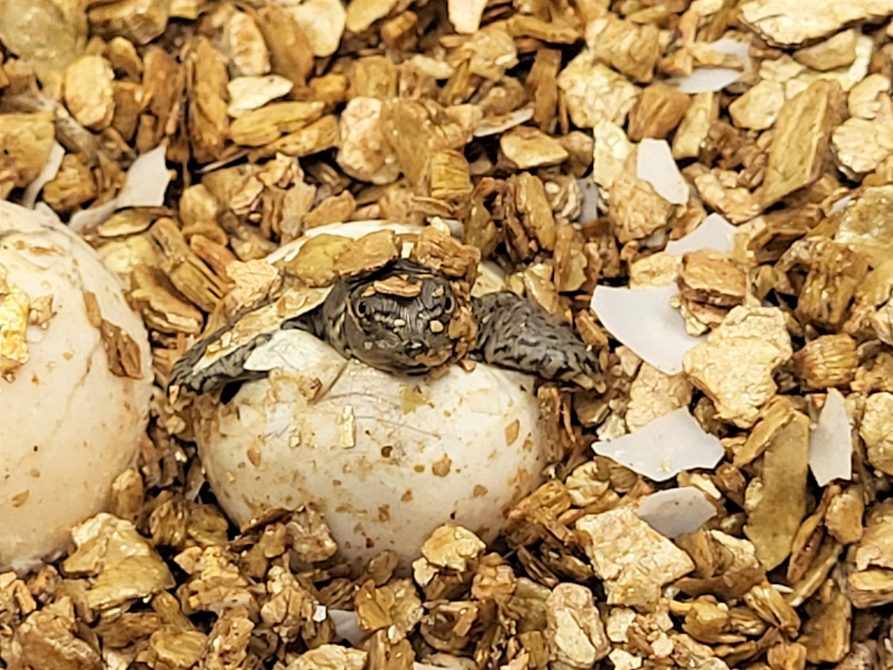
Emma Rutherford is an Ocean Pathways ambassador who completed her placement during summer 2023 with Southern Ontario At Risk Reptiles (SOARR) located in the Upper Thames River Conservation Authority (UTRCA). As part of her placement, Emma had the opportunity to participate in surveys for different reptile species, including endangered queensnakes. She also participated in the collection and incubation of reptile eggs including those of endangered spiny softshell turtles. This is her blog: A Day in the Life of an Ocean Pathways Ambassador.
Background:
Spiny softshell turtle nesting season occurs from June to mid-July. Turtle eggs are vulnerable to many threats including predation, poaching, compaction, and flooding. During nesting season, the Southern Ontario At Risk Reptiles (SOARR) team collects spiny softshell eggs for artificial incubation in the lab. Then, Hatchlings are released in August and September.
Day in the life of an Ocean Pathways Ambassador: Spiny Softshell Turtle Nesting Season
8:30 – Time to meet with the team. We load the canoes and other equipment onto the truck before heading out to our spiny softshell nesting sites.
9:30 – Canoes are in the water, and we are heading off to the first nesting site on our route.
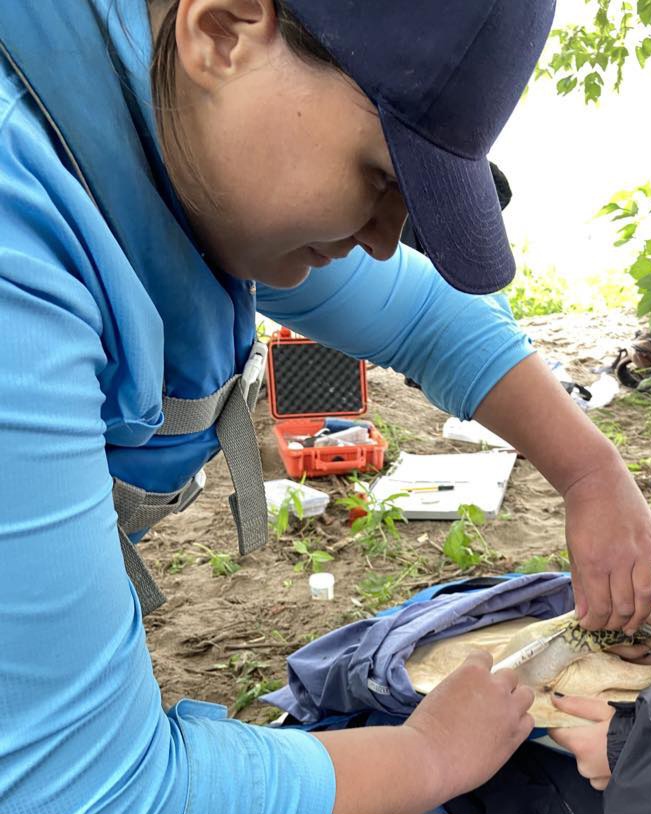
10:00 – We arrive at our first nesting site. Now to find a turtle nest! We stick close to the vegetation, where turtles are unlikely to nest, as we walk onto the site. Looking for turtle tracks, we see a spot where it looks like a turtle has stopped. We use mussel shells to dig in the sandy gravel. We have to dig carefully; we don’t want any broken eggs! No luck at the first hole. We keep digging until the site is covered in holes. Still no nests. We rake over the site to fill in the holes and make it easier for us to see turtle tracks the next time we visit.
11:00 – We arrive at our next site and start digging. Found a nest! Only the top of the first egg can be seen peeking out from the sand. We get a container filled with damp sand and carefully place the eggs in it making sure to keep the eggs in the same orientation they were found in. If an egg is rotated, it could harm the embryo inside. There are 20 eggs in the nest, an average number for a first clutch of spiny softshell eggs. Now time to keep digging!
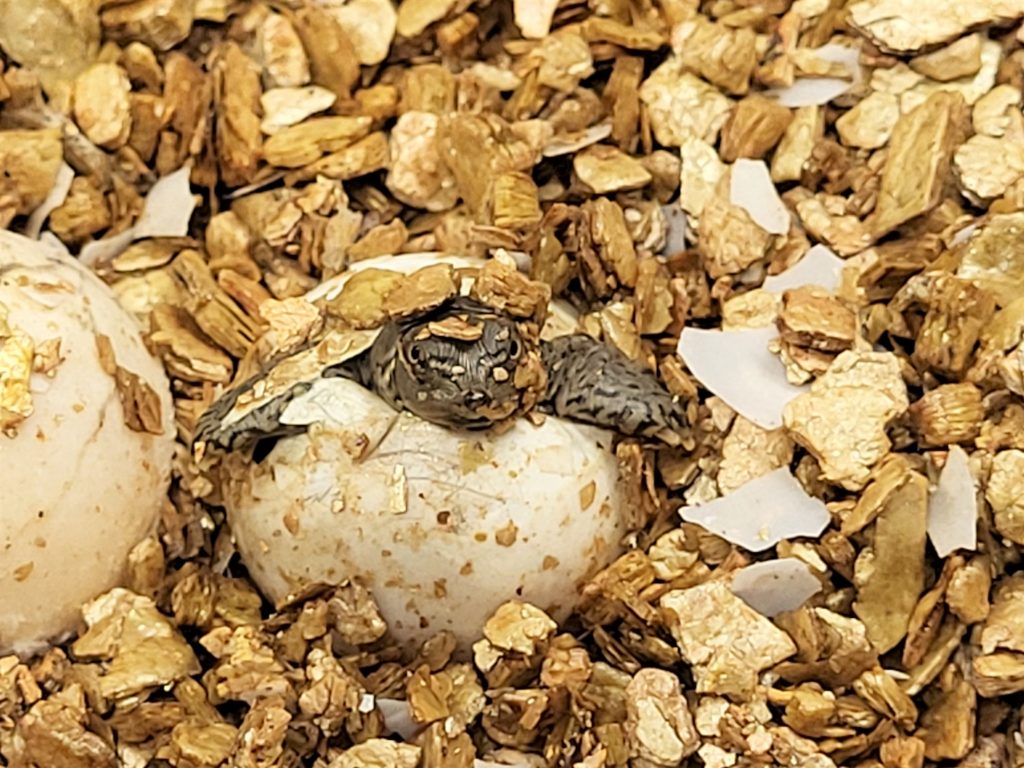
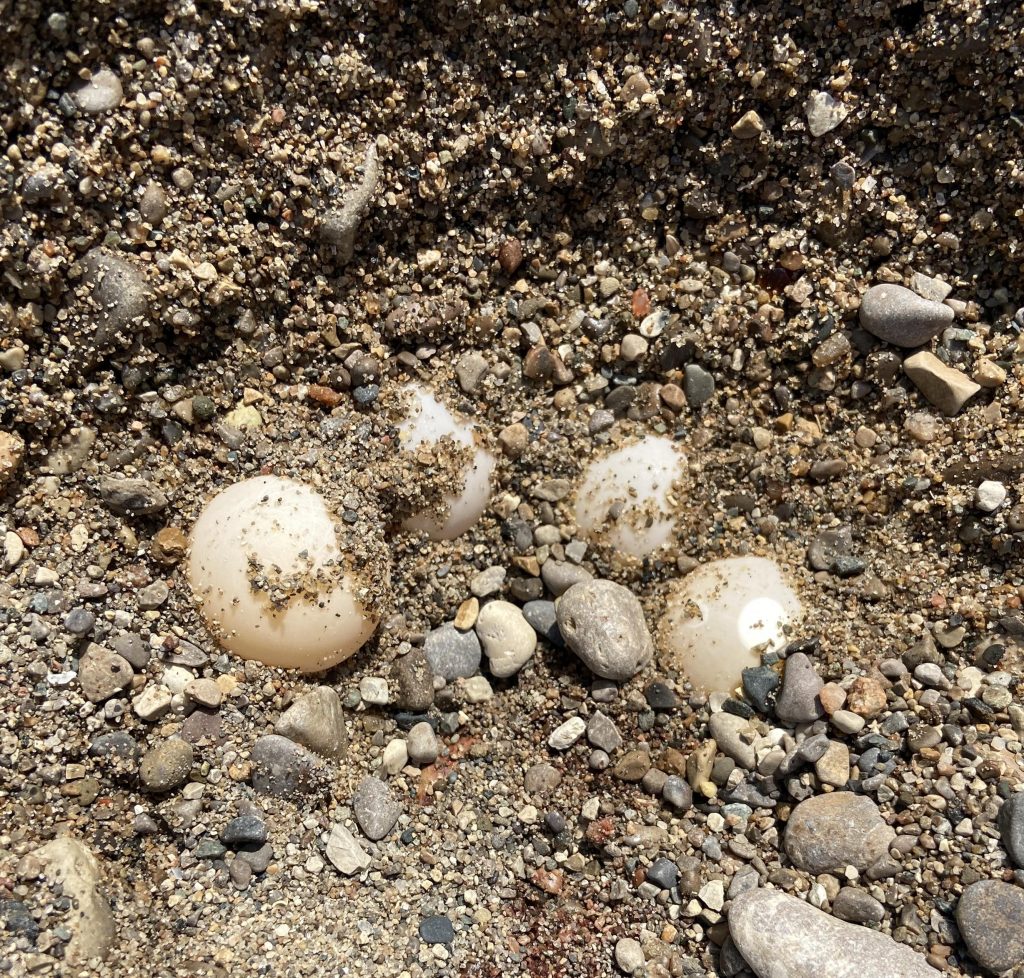
12:00 – We continue our route, stopping at nesting sites and looking for eggs. We find a few more nests as we go. We also find nests that have unfortunately been found by predators. Raccoons, skunks, and canids all like to eat turtle eggs.
3:30 – By now, we haven’t seen any spiny softshells but that might change at our next stop. We get out of our canoes and sneak through the thick vegetation at the back of the site. Looking out onto the gravel bar we can see two adult females. We count down from three then run out of the vegetation, trying to catch the turtles. Spiny softshells are quick! We chase them, trying to catch them before they reach the water.
Caught one! We bring the turtle to a shady area and take her measurements: carapace length, plastron length, height, and weight. We also look for and document any injuries. We will now check if she is a recapture by scanning the turtle for a Passive Integrated Transponder (PIT) tag, a microchip that contains a unique code which can be used to identify individual turtles. No tag, meaning the turtle isn’t a recapture. We used a syringe to insert the tag under the skin and then released the turtle. We check the site for turtle nests and then head back to our canoes.

6:30 – 8:00 – We are back at the lab. We processed all of the nests we found. The eggs are placed in containers of damp vermiculite which helps maintain appropriate moisture levels. We label each nest with a nest number, the date, the location where the eggs were collected, and weight. We place the containers in the incubators. In August, we will have thousands of turtles hatching!
Posted October 2, 2023 by Ocean Wise
